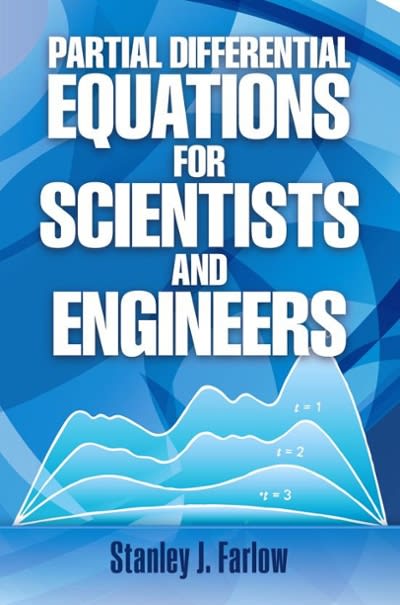Question
For the 23 space shuttle flights that occurred before the Challenger mission in 1986, the table below shows the temperature (F) at the time of


For the 23 space shuttle flights that occurred before the Challenger mission in 1986, the table below shows the temperature (F) at the time of the flight and whether at least one of the six primary O-rings suffered thermal distress (1 = yes, 0 = no). The attached R output shows the use of various models for analyzing these data. Answer the question
1.). For the logistic regression model using temperature as a predictor for the probability of thermal distress, calculate the estimated probability of thermal distress at 31, the temperature at the time of the Challenger flight.
2) At the temperature at which the estimated probability equals 0.5, give a linear approximation for the change in the estimated probability per degree increase in temperature.
3) Interpret the estimated effect of temperature on the odds of thermal distress.
4). Test the hypothesis that temperature has no effect, using the likelihood-ratio test. Interpret the results.
5). Suppose we treat the (0, 1) response as if it has a normal distribution and fit a linear model for the probability. Report the prediction equation and find the estimated probability of thermal distress at 31. Comment on the suitability of this model.
6) Suppose we also want to include the month during which the launch occurred (January, February, etc.) in the model. Show how you could add indicator variables to the model to allow this? Explain how to interpret the coefficients of the indicator variable.
7) the previous part. Explain how you could further generalize the model to allow interaction between temperature and the month of the launch and explain how you could conduct a test to investigate whether you need the interaction term.



Step by Step Solution
There are 3 Steps involved in it
Step: 1

Get Instant Access to Expert-Tailored Solutions
See step-by-step solutions with expert insights and AI powered tools for academic success
Step: 2

Step: 3

Ace Your Homework with AI
Get the answers you need in no time with our AI-driven, step-by-step assistance
Get Started


